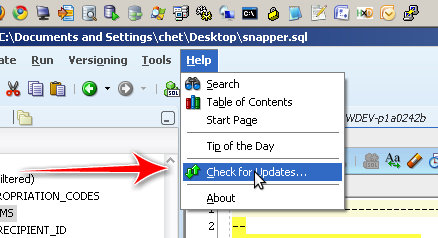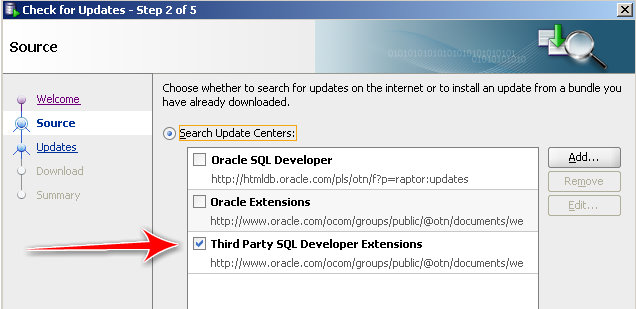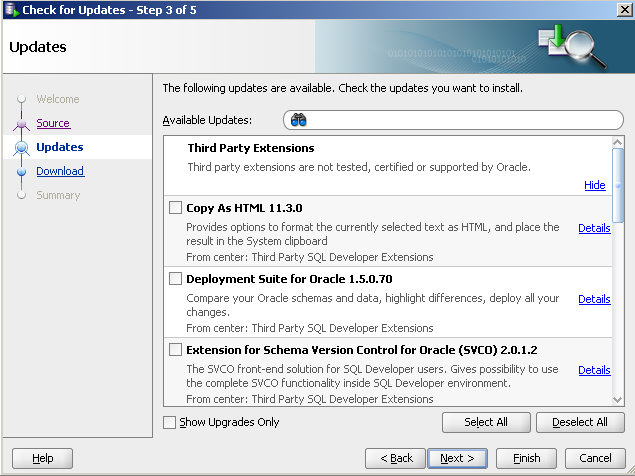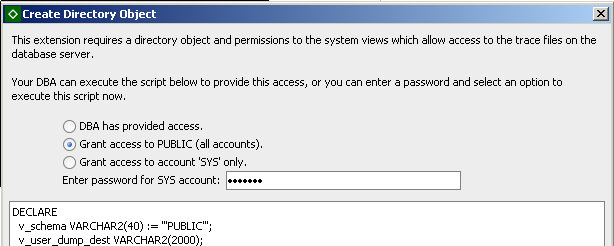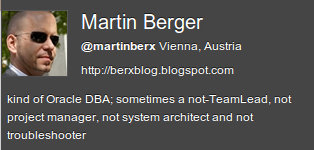I have about 100 files that I need to move over to that server and with my issues with VirtualBox Shared folders in the past, I figured I would just FTP them. Well, FTP isn't on by default...and since this is a sandbox, I don't much care about "real" authorization.
FTP
For FTP, go into /etc/xinited.d/ and open up gssftp
[root@medicaid xinetd.d]# vi gssftpBy default, it is disabled.
# default: off
# description: The kerberized FTP server accepts FTP connections \
# that can be authenticated with Kerberos 5.
service ftp
{
flags = REUSE
socket_type = stream
wait = no
user = root
server = /usr/kerberos/sbin/ftpd
server_args = -l -a
log_on_failure += USERID
disable = yes
}
To enable it, change disable = yes to disable = no. That's not it though. If you try to ftp in, you'll see this:
oraclenerd@oraclenerd:/usr/bin$ ftp medicaidWith the help of this discussion, I removed the server arguments. From what I can tell, those are there for Kerberos authentication, which I don't need or care about. Your final file should look like this:
Connected to medicaid.
220 medicaid FTP server (Version 5.60) ready.
Name (medicaid:oraclenerd): oracle
530 Must perform authentication before identifying USER.
Login failed.
Remote system type is UNIX.
Using binary mode to transfer files.
ftp> quit
221 Goodbye.
service ftpThen you can do this:
{
flags = REUSE
socket_type = stream
wait = no
user = root
server = /usr/kerberos/sbin/ftpd
server_args =
log_on_failure += USERID
disable = no
}
oraclenerd@oraclenerd:/usr/bin$ ftp medicaidTelnet
Connected to medicaid.
220 medicaid FTP server (Version 5.60) ready.
Name (medicaid:oraclenerd): oracle
331 Password required for oracle.
Password:
230 User oracle logged in.
Remote system type is UNIX.
Using binary mode to transfer files.
ftp> quit
221 Goodbye.
The process is nearly identical for telnet, here's the config file:
service ftpFor telnet, just change disabled=yes to disabled=no.
{
flags = REUSE
socket_type = stream
wait = no
user = root
server = /usr/kerberos/sbin/ftpd
server_args =
log_on_failure += USERID
disable = yes
}
oraclenerd@oraclenerd:/usr/bin$ telnet medicaidNext time, I won't have to remember, or I'll have blown away so many instances that I'll just remember, either way, this is my record.
Trying 192.168.1.6...
Connected to medicaid.
Escape character is '^]'.
medicaid (Linux release 2.6.18-194.el5 #1 SMP Mon Mar 29 22:10:29 EDT 2010) (2)
login: oracle
Password:
Last login: Mon Feb 28 14:38:06 on :0
[oracle@medicaid ~]$
Update
So, twitter gave me the following after I posted the link to this post:

My answer, How in the f would I know something like this? I have no fancy training. :)
So, now I'm using ssh and sftp. Much easier, and it just seems to work. No configuration necessary. Yeah for Mr. Norris.





